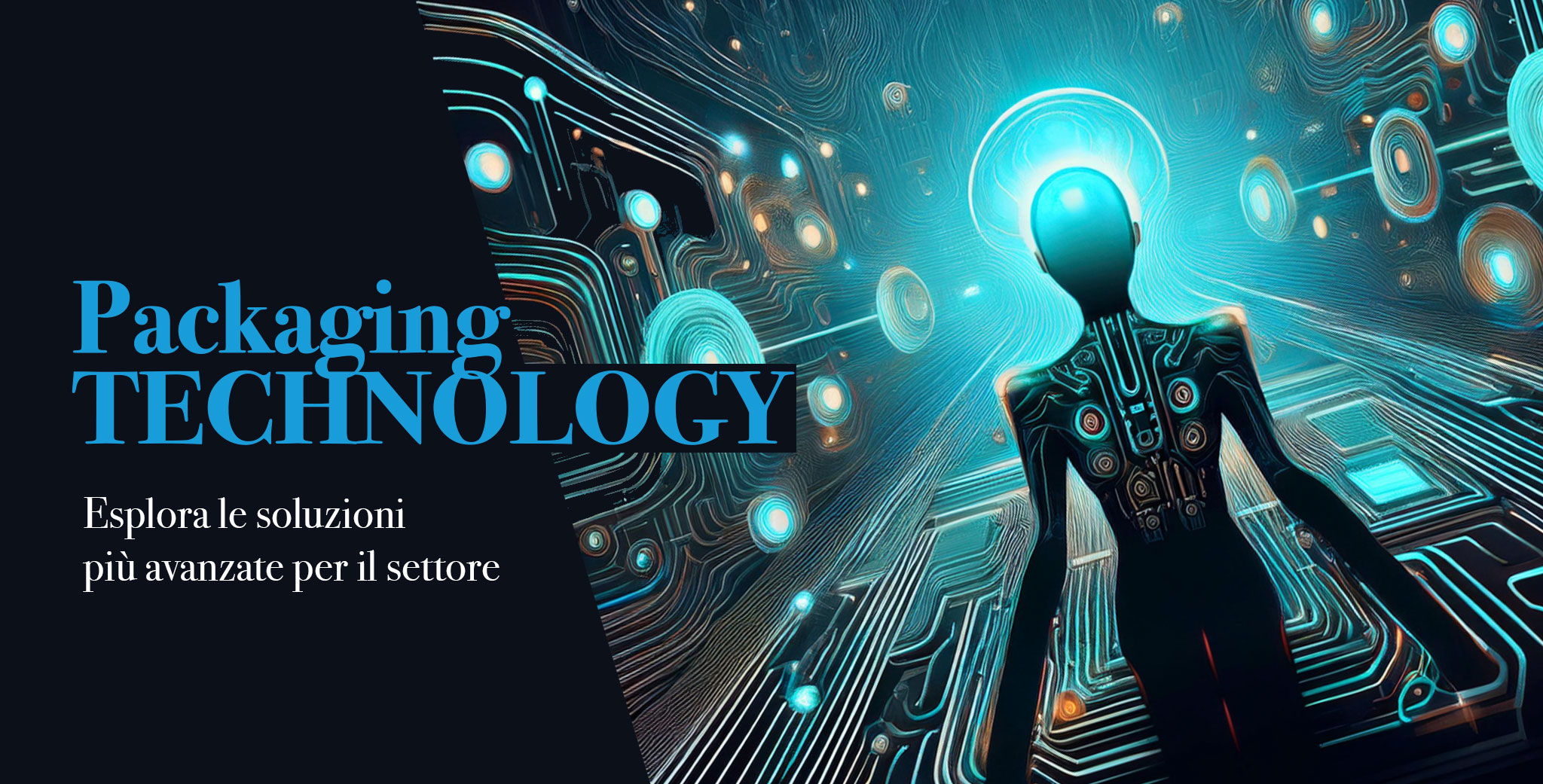Antimicrobial active packaging is emerging as an innovative and sustainable solution to address the challenges of food safety and waste reduction. The increasing focus on health and well-being, particularly in the food sector, has driven the adoption of packaging solutions with antimicrobial properties. Additionally, technological advancements, stricter regulations, and a growing emphasis on sustainable packaging practices are contributing to the expansion of the market.
The integration of advanced technologies, such as antimicrobial active packaging and nanotechnology, is enhancing the effectiveness of packaging in preserving the freshness and quality of products. As the sector continues to evolve, the convergence of innovation, sustainability, and food safety requirements is reinforcing the dominant trends in the market.
In the food packaging sector, the main limiting factors for prolonged food preservation are microbial contamination, including mold growth, and the loss of quality due to aroma degradation and sensory deterioration. For this reason, the development of advanced packaging systems capable of ensuring both antimicrobial protection and the preservation of the organoleptic properties of packaged foods is becoming increasingly crucial.
Currently, several technologies are employed to slow down food deterioration, including modified atmosphere packaging, vacuum packaging, sterilization processes, and freezing. However, the emerging technology of active packaging offers an even more promising solution, allowing for a significant extension of product shelf life without compromising its organoleptic and nutritional properties.
One of the key aspects of active packaging is the selection of the active agent to be incorporated. For instance, essential oils extracted from plants and spices are known to have excellent antimicrobial and antioxidant properties (Prieto et al., 2021), as well as certain vitamin-based nutrients, such as tocopherol, cited in the work of Harazna et al. (2024).
In recent years, solutions based on nanotechnology have been developed for active packaging. The use of nanomaterials, such as nanostructured clays, improves the barrier properties against gases like oxygen and water vapor when dispersed in the polymer matrix, and enables the release of active compounds with preservative functions through a drug-delivery mechanism (Scatto et al., 2015). Other innovative systems include the use of Halloysite nanotubes, which can capture molecules that accelerate the deterioration of fresh foods, such as ethylene (Durmaz et al., 2024).
These additives can be incorporated into the polymer matrix and gradually released from the material, as in the case of trays or protective films. Alternatively, they can be dispersed in surface coatings applied to polymeric or cellulosic substrates, allowing paper-based packaging to also play an active role in food preservation.

In this Number:
Novel, eco-friendly α-tocopherol/layered double hydroxides/poly (3-hydroxyoctanoate)-based active packaging materials with enhanced antimicrobial, barrier and antioxidant activities. Among various climate actions taken as a response to environmental concerns, important and highly influential are ones related to the packaging industry being still one of the largest plastic sectors responsible for the majority of post-consumer wastes. Therefore, in this manuscript, for the first time assessment of the potential application of biodegradable bacterially derived poly(3-hydroxyoctanoate) (P(3HO)) doped with functional 2D nanoparticles as a more sustainable active packaging material has been investigated.
https://doi.org/10.1016/j.cej.2024.156959
Configuration of a combined active packaging system with modified atmospheres and antimicrobial control to preserve fresh strawberry fruits. The strawberry is a fruit widely consumed worldwide but very perishable and susceptible to spoilage caused by microorganisms such as Botrytis cinerea. This study proposes an integrated packaging solution combining different preservation techniques to extend the shelf life of strawberry fruits. Initially, the respiration rates of the fruits were determined. Then, a perforation-mediated modified atmosphere packaging (MAP) was adjusted using heat-sealed polylactic acid (PLA) trays with a perforation on the upper cover.
https://doi.org/10.1016/j.fpsl.2024.101390
Active packaging films based on poly(butylene succinate) films reinforced with alkaline halloysite nanotubes: Production, properties, and fruit packaging applications. Alkaline treated halloysite nanotubes (aHal) were introduced into poly(butylene succinate) (PBS) matrix using melt blending and solvent casting techniques to enhance the functional properties. The films were characterized for morphological, thermal, mechanical, antibacterial, barrier, and ethylene scavenging properties for their fresh food packaging use.
https://doi.org/10.1016/j.clay.2024.107517
Recent advances in nanomaterials-enabled active food packaging: Nanomaterials synthesis, applications and future prospects. Active food packaging has gained increasing attention due to its potential in extending food shelf life. To improve their performance, nanomaterials have been popularly employed in view of their high aspect ratio and numerous active sites. This study mainly focuses on nanomaterials-enabled active food packaging and its application to delay food deterioration and extend food shelf life.
https://doi.org/10.1016/j.foodcont.2024.110542
Essential Oils and Their Application on Active Packaging Systems: A Review. The food industry is continuously evolving through the application of innovative tools and ingredients towards more effective, safe, natural and ecofriendly solutions to satisfy the demands of the consumers. In this context, natural sources, such as leaves, seeds, peels or unused pulp, can entail a valuable source of compounds, such as essential oils (EOs), with recognized antioxidant and antimicrobial properties that can be used as natural additives in packaging applications.
https://doi.org/10.3390/resources10010007
Active polymer nanocomposites: Application in thermoplastic polymers. Polymer nanocomposites are a new class of innovative materials in which well-dispersed fillers, having at least one dimension in the nanometric range, are incorporated into an organic polymer matrix. Because of their nanometer-size dispersion, polymer nanocomposites exhibit improved mechanical, thermal, and chemical properties in comparison with the pristine polymer or conventional composites.

